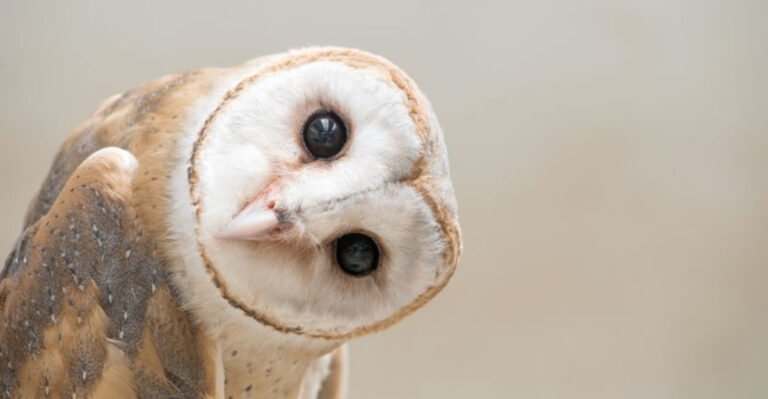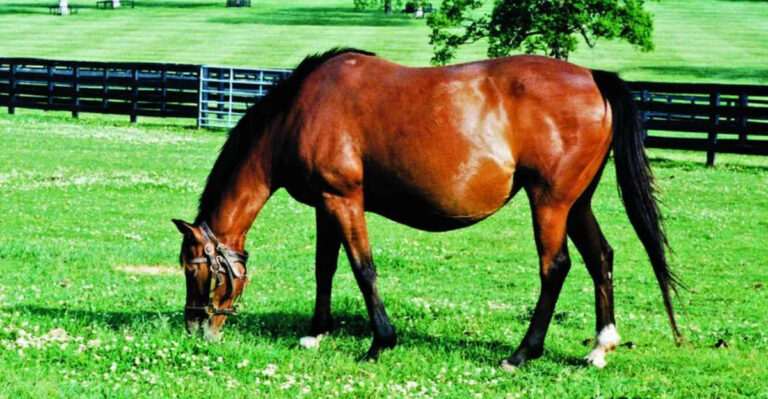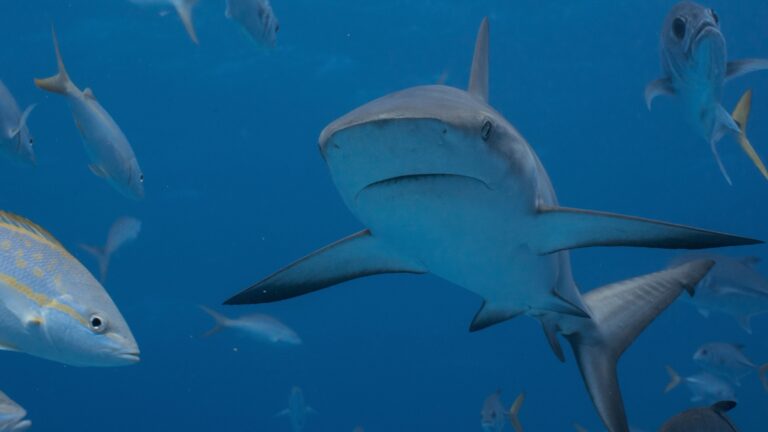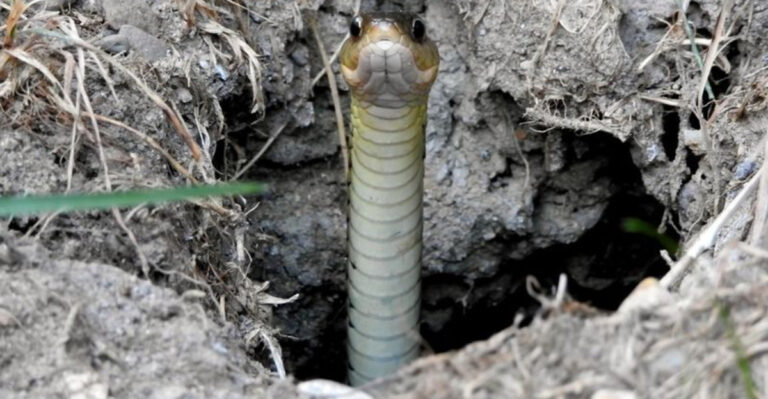14 Incredible Animals That Thrive On Both Land And Water
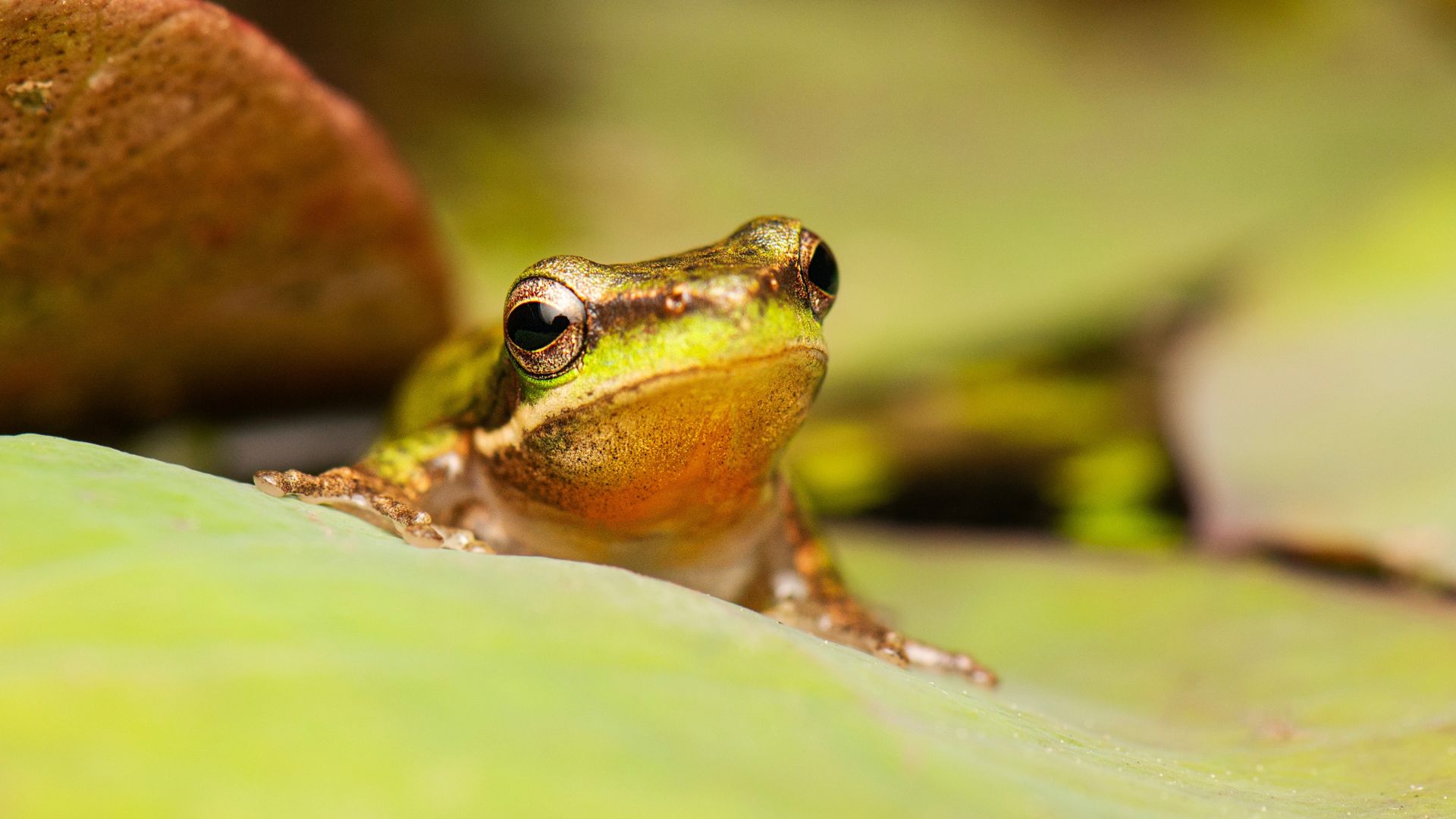
Living on the edge is an exciting thing, and for these animals, it is a way of life! In a world where most choose either one or the other, these animals managed to defy categorization and show that the possibilities of surviving are endless.
So, dive into the depths, roam the terrain, and find out how these amazing creatures make their living on both sides of the divide.
1. Walking Catfish
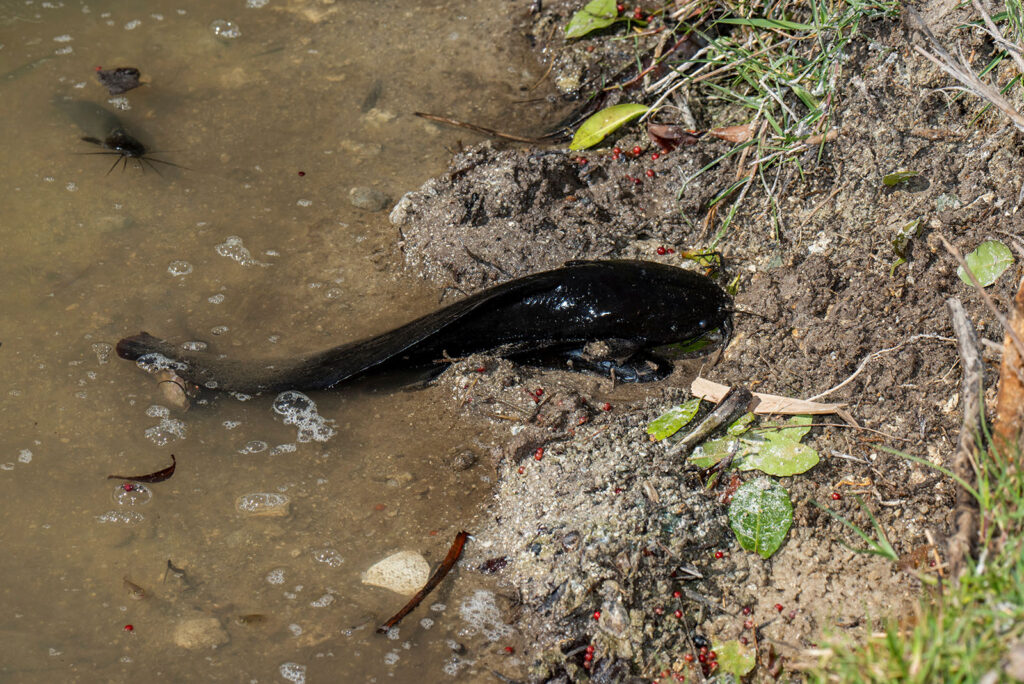
Have you ever seen a fish take a walk? Walking catfish live in Southeast Asia, and during dry seasons, they “walk” on land by wiggling their bodies and using their pectoral fins so that they can find new water sources.
They have special respiratory organs that allow them to breathe air, letting them survive for multiple hours at a time outside of water, just enough until they find a better home.
2. Turtles
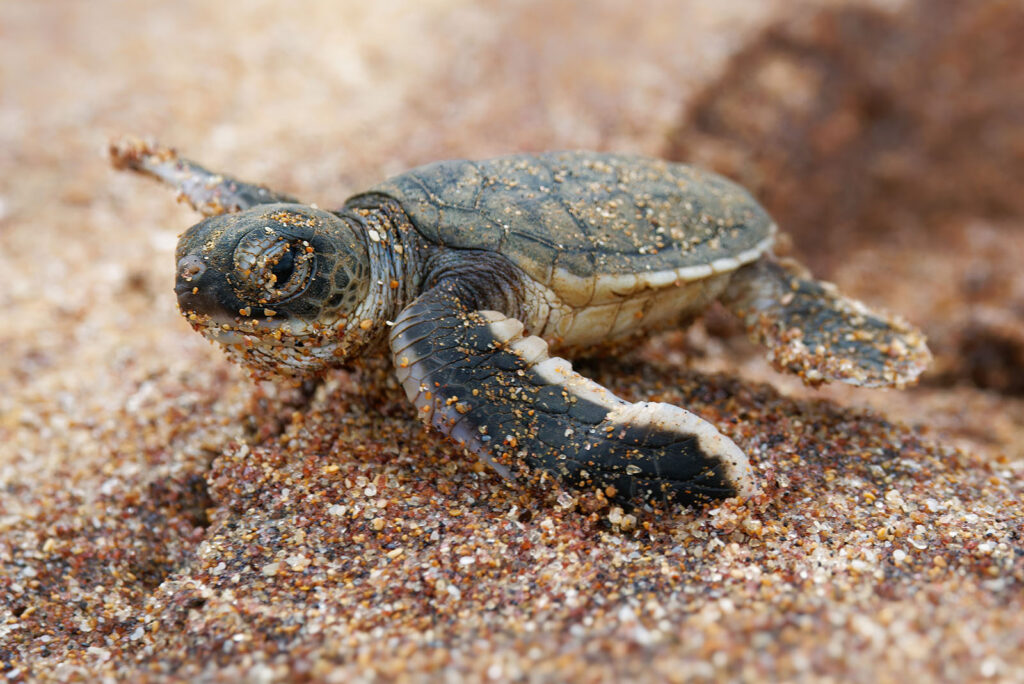
Turtles are some of the oldest reptiles that exist, and they have a truly fascinating lifestyle. On land, they plod and drag slowly, but in water, they are absolutely graceful swimmers!
They glide through water at up to 22 miles per hour! Did you know that turtles also have a strong homing instinct? They often return to the exact beach where they lay their eggs.
3. Seal
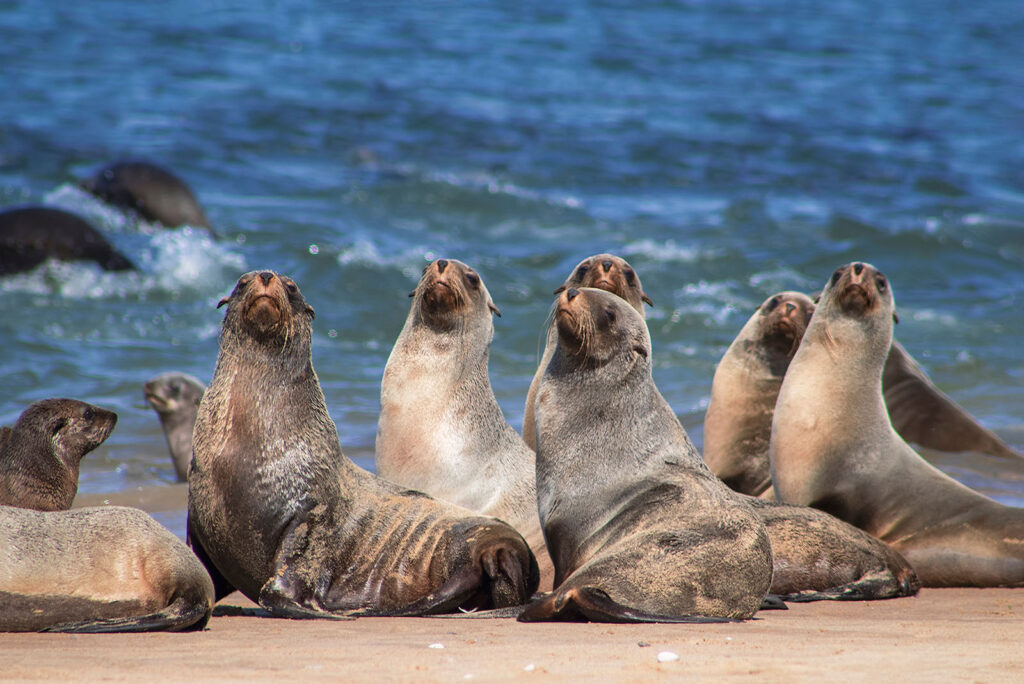
When they are not flying underwater with their powerful flippers, they like to haul themselves out onto land, warming up in the sun. They just love to sunbathe!
They are not just good swimmers, but also champion divers. Some seals can dive around 3,000 feet deep! And yet another fun fact: their whiskers help detect vibrations underwater so they can catch fish more easily.
4. Sea Lion
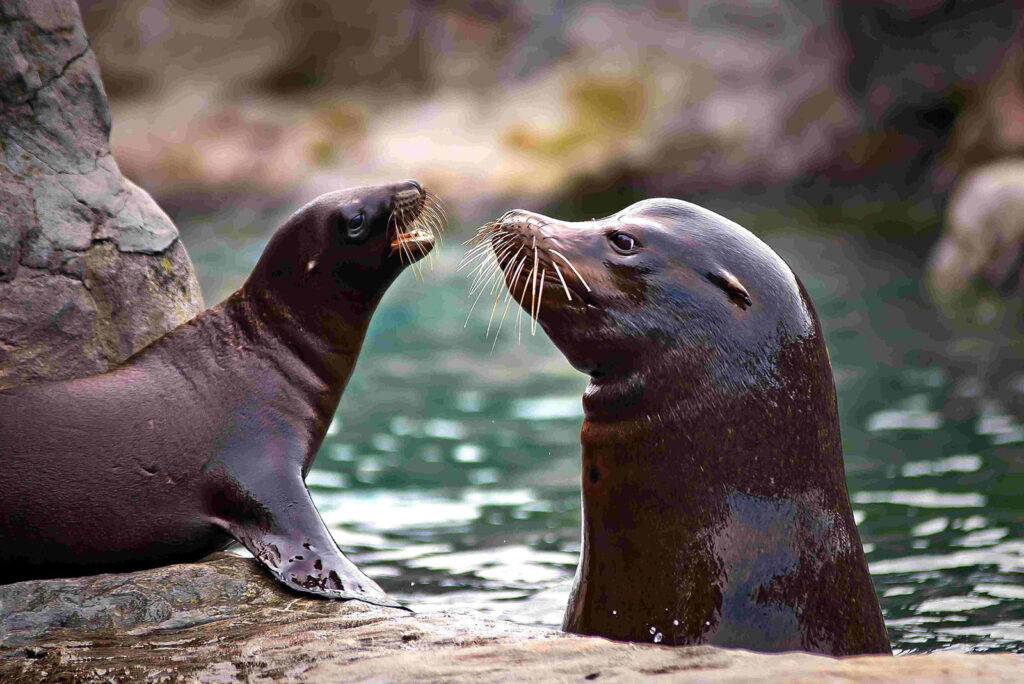
The famous acrobats of the ocean! They use their front flippers like wings to soar through the water like the aforementioned seals, and can even “walk” on land by rotating their hind flippers under their body.
Their name is rather misleading, because sea lions have very playful personalities, and are very sociable. In the wild, they often lounge with their other acrobat friends, barking up a storm.
5. Crocodiles
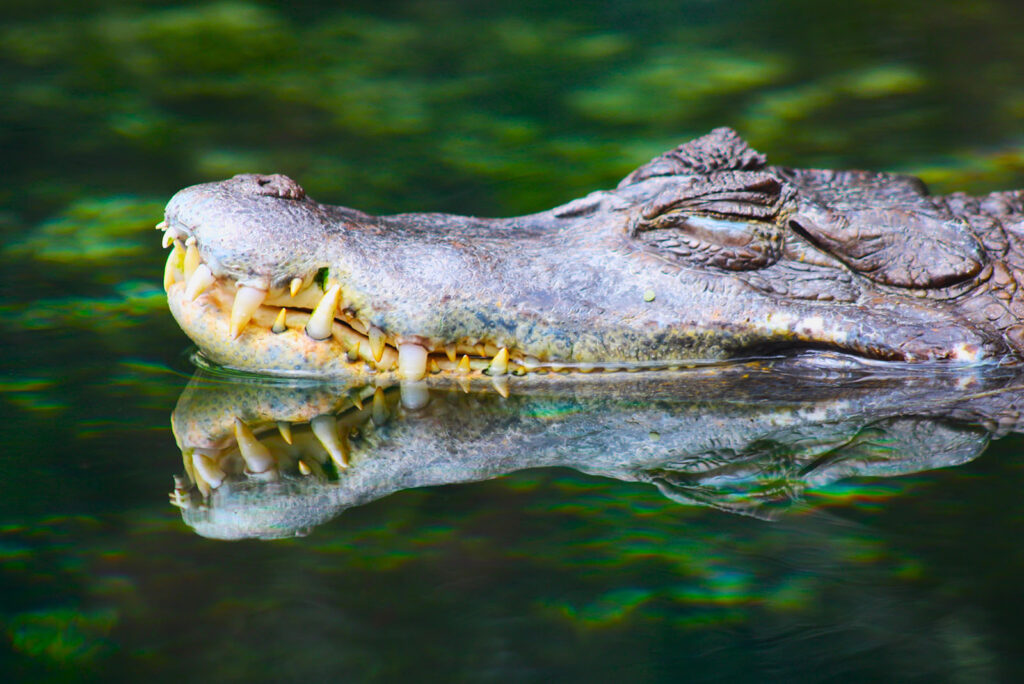
Crocodiles are built for hunting in water and creeping on land. That isn’t to say that in water they are careless – quite the opposite. They are stealthy, using their tails for propulsion and often only exposing their eyes and nostrils.
They are surprisingly fast on land and can sprint to chase prey. But luckily for other animals, crocodiles don’t eat very often due to their slow metabolism! Imagine what kind of scary beasts they would be if they were hungry more often!
6. Walrus
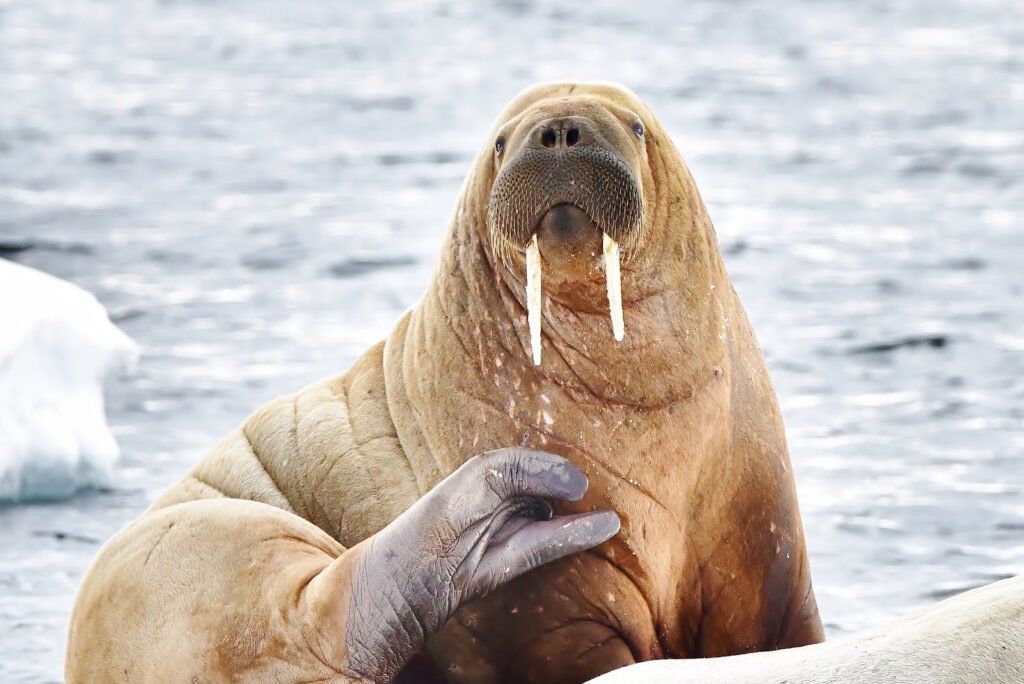
Known for their blubbery and chunky bodies, and their tusks, walruses feel at home on ice and in the sea. In the water, they swim using their hind flippers, while the tusks help them get back onto the ice.
They love to munch on shellfish and can dive pretty deep in search of food. Like seals’ whiskers, walrus whiskers are sensitive too. They help them detect shellfish on ocean floors.
7. Capybara
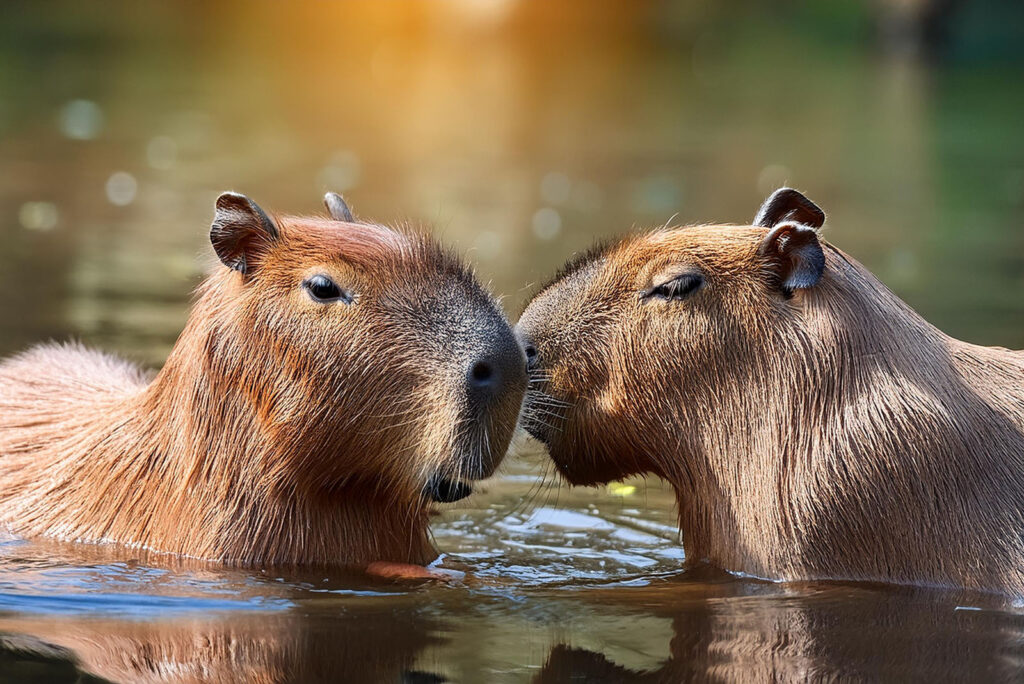
Meet the capybara. It’s the world’s largest rodent and an expert swimmer at that. Capybaras live in water when they are hiding from predators. They even have webbed feet so that they can paddle more easily!
They are very social animals, and they relax by ponds and rivers. Oftentimes, they can be seen with only their nose and skeptic-looking eyes peeking out above the water.
8. Hippopotamus
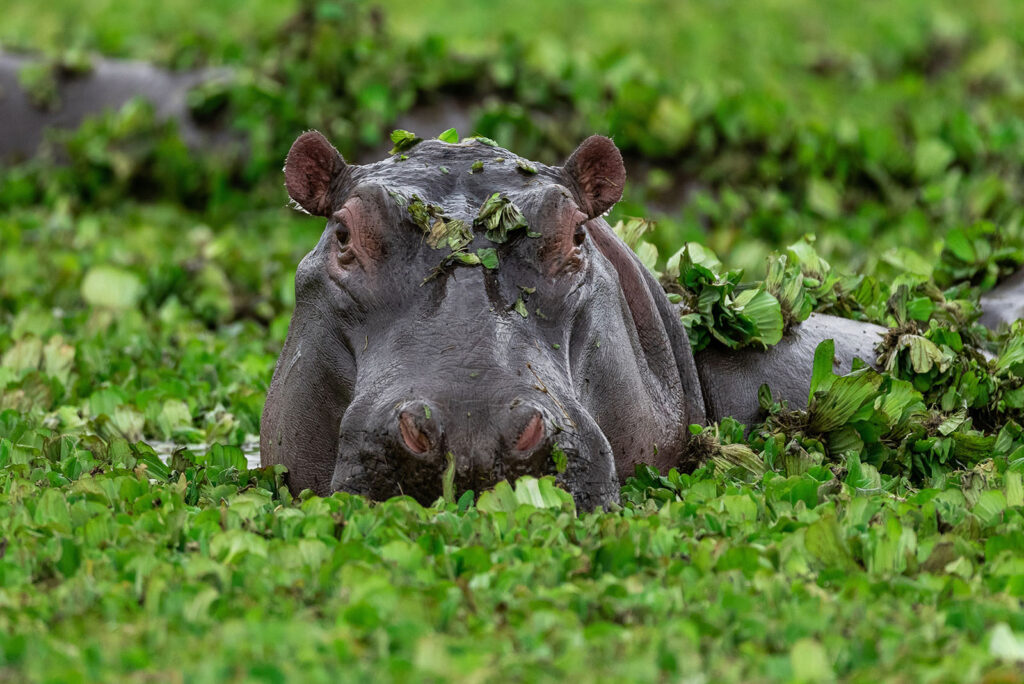
Despite their bulky bodies, hippos are surprisingly agile both in water and on land. They can swim and glide underwater or sprint on land at speeds up to 30 km/h!
Another thing to admire hippos for is their skincare routine. Hippos have very sensitive skin, so they have developed their own natural sunscreen!
9. Beavers
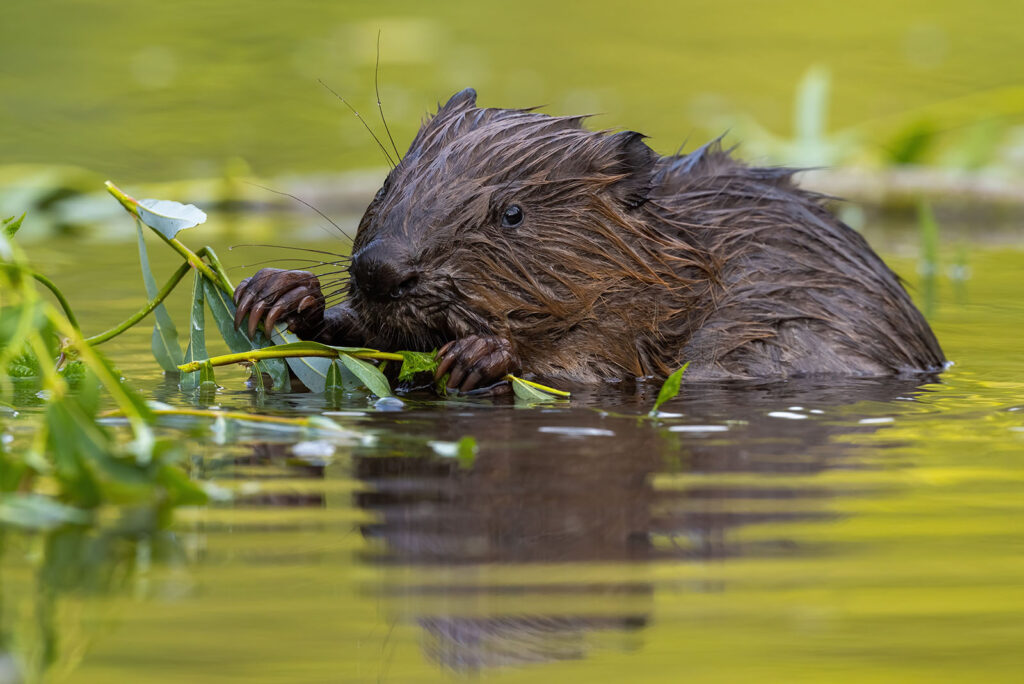
If I could describe them in only one way, it would be nature’s engineers and architects. They build dams in rivers that provide homes for countless other animals. They are agile, and their webbed feet and flat tails are incredibly good for swimming.
On land, they may not be as quick as in water, but they are still formidable dam-building machines! You may find it interesting to know that the tree-gnawing they do has a purpose: to keep their teeth from overgrowing.
10. Otters
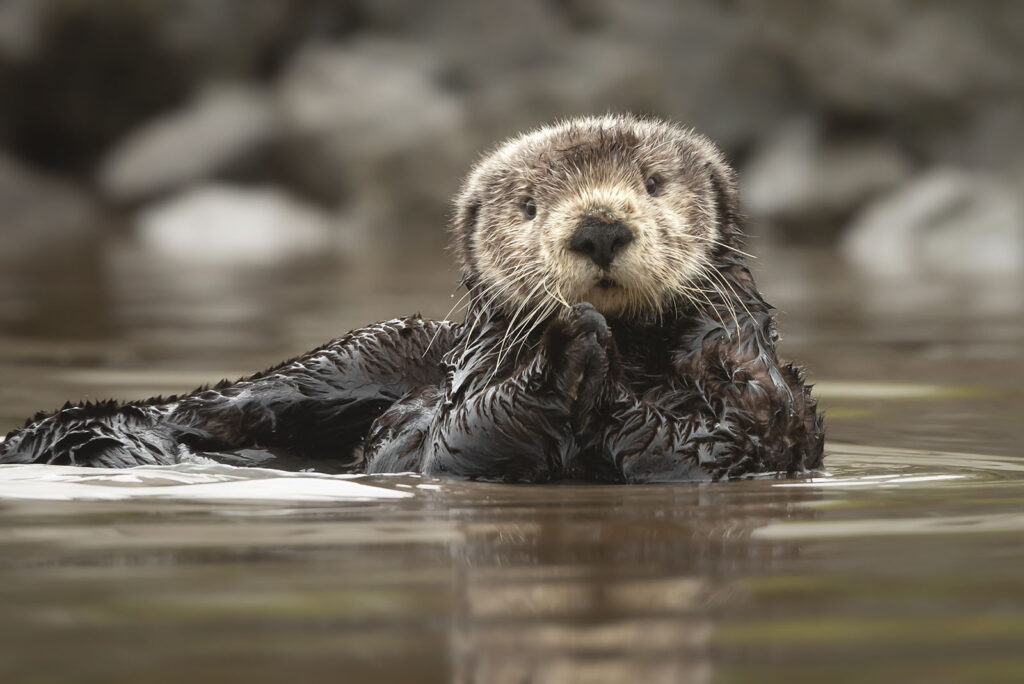
If you’ve ever seen videos of otters sliding on their bellies across water (or ice), you just know these guys are the life of the party. They have webbed feet and elongated bodies, which help them swim, but otters are equally as comfortable living on land.
River otters often build their dens on riverbanks, while sea otters float in kelp forests. And if you’ve had a bad day, here’s an adorable fact: sea otters hold hands while they sleep to keep from drifting apart in water.
11. Platypus
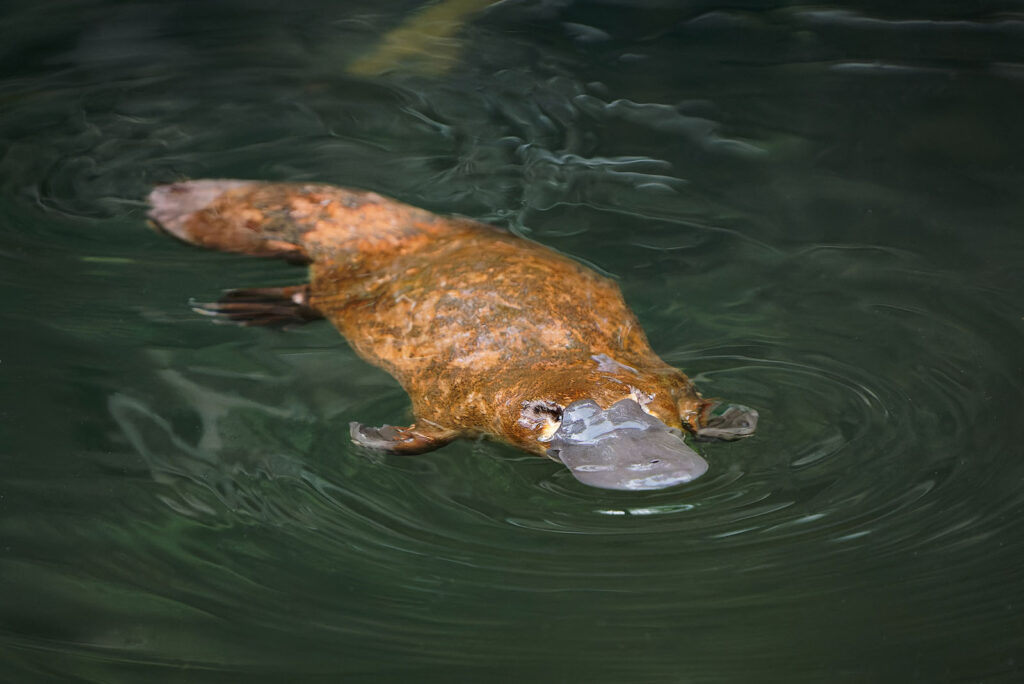
Platypuses are often regarded as ‘oddities’ because they are one of the few egg-laying mammals in the world. They even have webbed feet and duck-like bills, perfect for swimming and pretending they’re an otter-duck mix.
But platypuses are like a secret agent with cool equipment: they have retractable webbing to reveal claws for digging and electroreceptors in their bills. Perfect for hunting!
12. Mudskipper
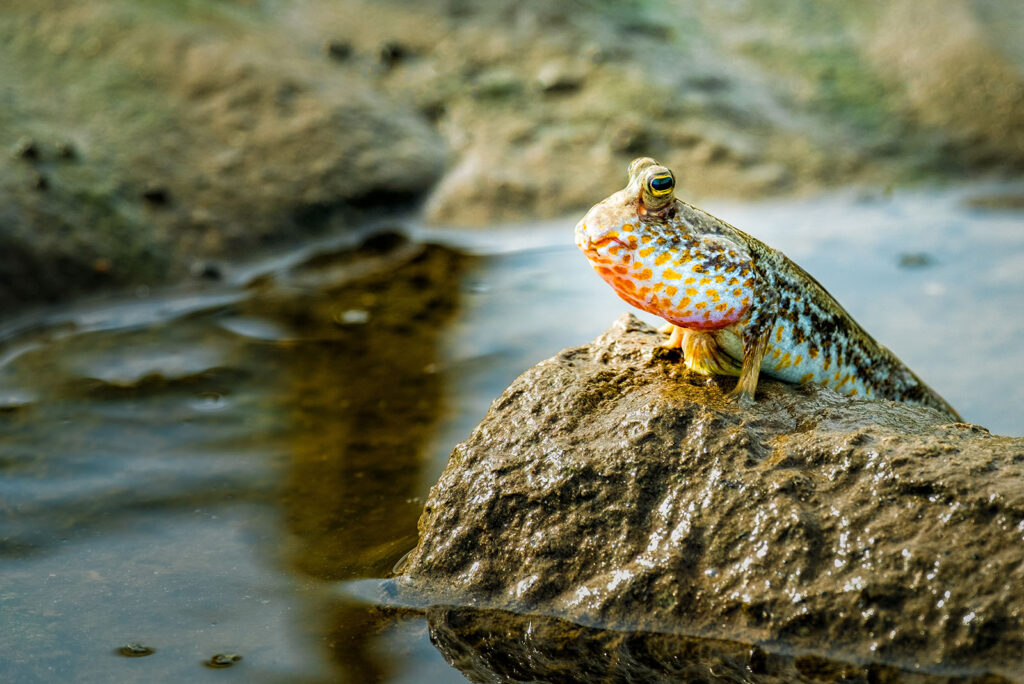
If you thought walking catfish were cool, wait until you learn about mudskippers. They are also fish that can walk on land. But these walking fish are true acrobats: they hop along the ground and even climb rocks or roots!
These water-land ninjas have a nifty trick up their gills: they can breathe through their skin and the lining of their mouth, as long as it stays moist. With large, bulging eyes that move independently, they watch out for predators both in water and on land.
13. Frogs
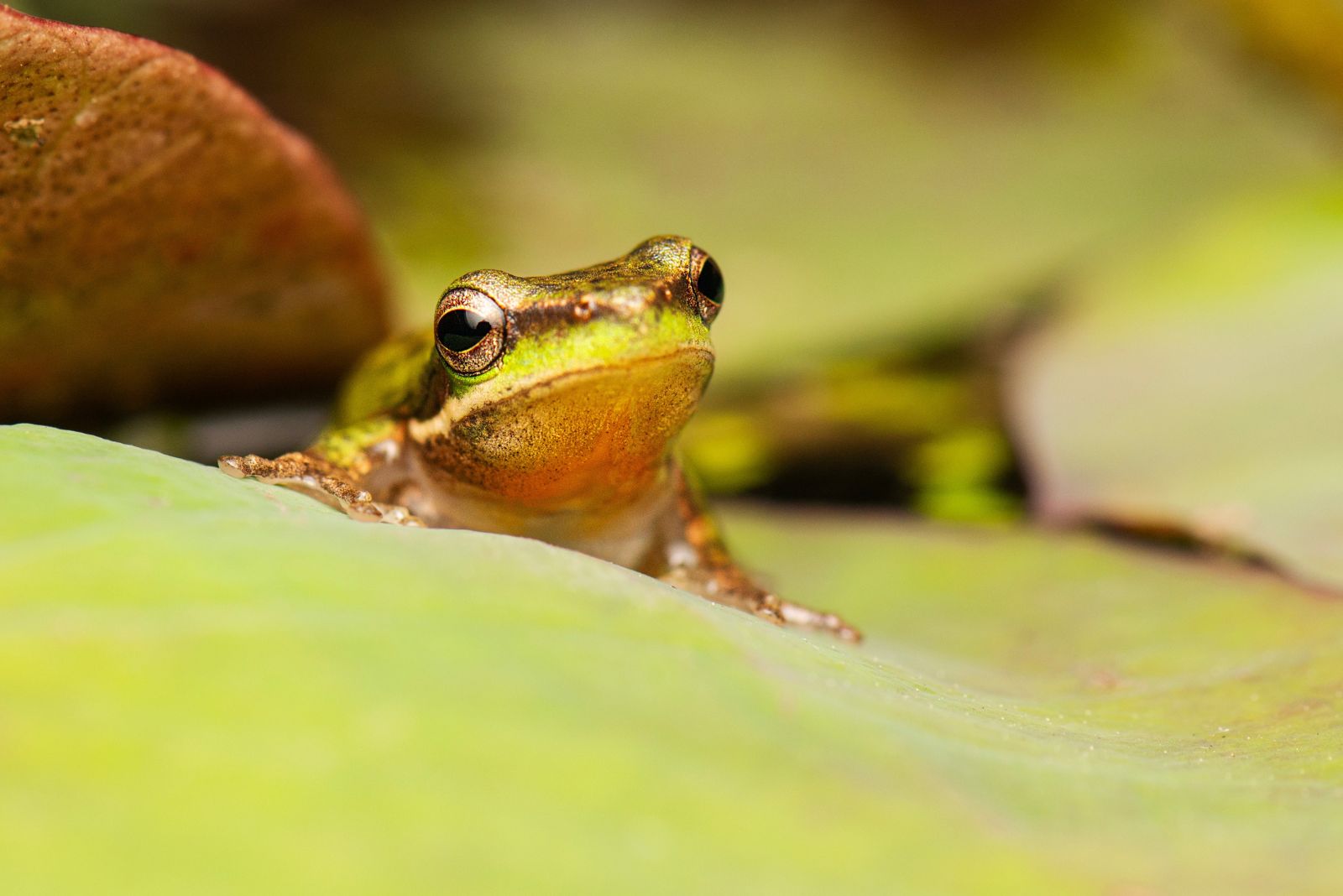
Frogs are incredible amphibians, perfectly adapted to life in both water and on land. Starting as aquatic tadpoles with gills, they undergo a remarkable metamorphosis, developing lungs and legs for terrestrial living.
As adults, they still rely on water for breeding and keeping their skin moist, which is essential for oxygen absorption. Frogs venture onto land to hunt insects and other prey, thriving in diverse habitats from rainforests to deserts.
Their dual existence makes them key contributors to both aquatic and terrestrial ecosystems, showcasing their evolutionary versatility.
14. Crabs
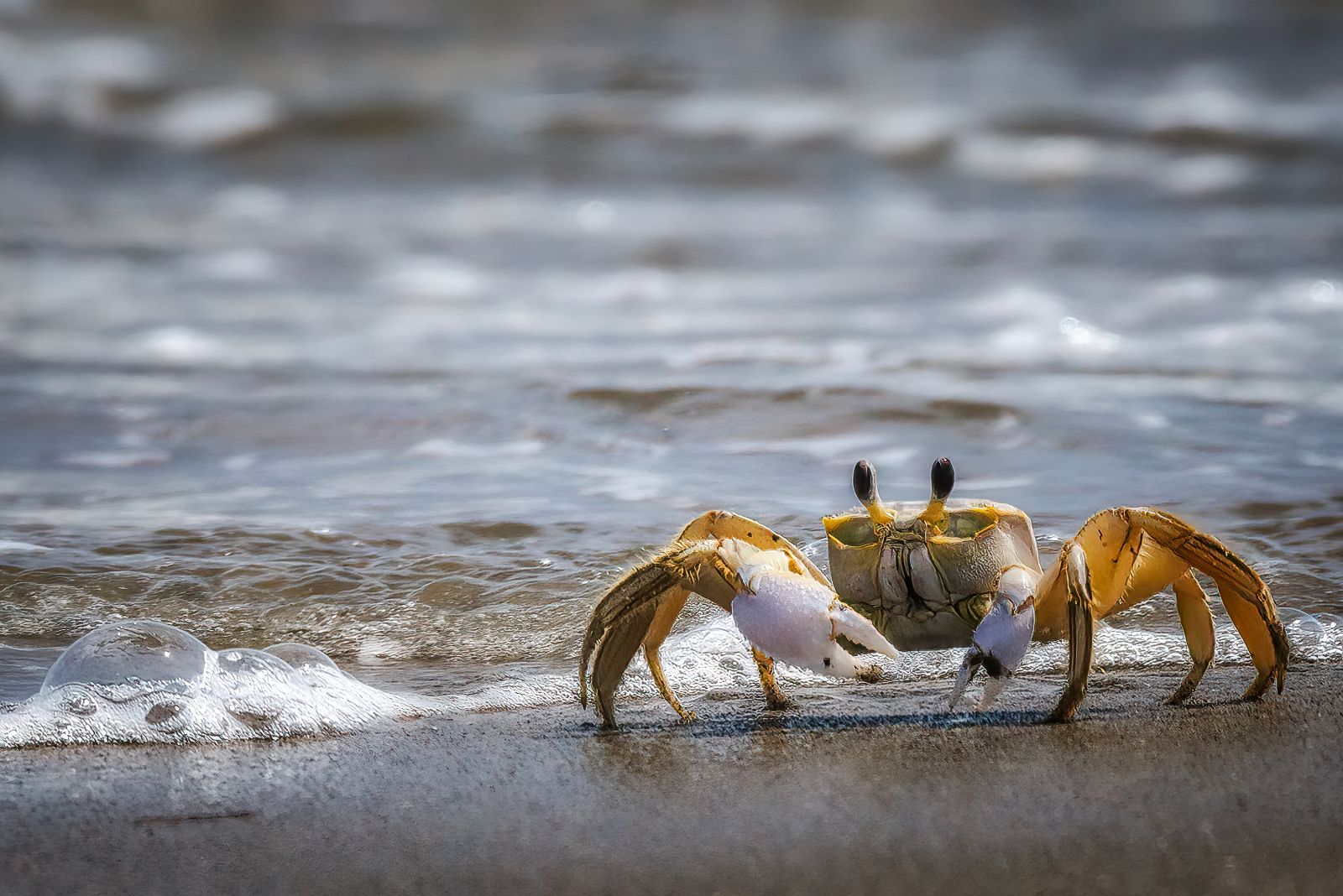
Crabs are versatile creatures that thrive in both land and water environments. Semi-aquatic species, like fiddler crabs, split their time between digging burrows on shorelines and foraging in shallow waters.
While on land, they rely on moist gills to breathe, keeping them tethered to water for survival. This dual lifestyle allows them to access a wide range of food sources and play a crucial role in maintaining coastal ecosystems by recycling nutrients and aerating the soil.
Crabs exemplify adaptability, bridging two worlds with ease.

